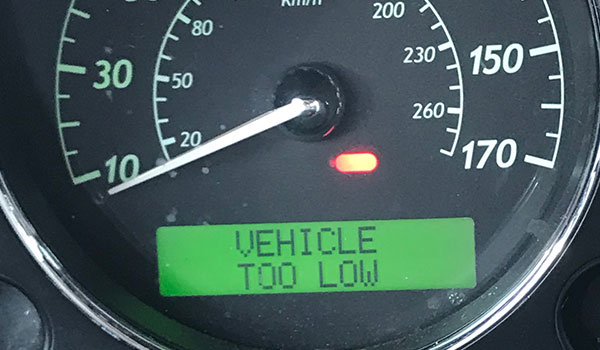Wheel Speed Sensor Diagnostics
Understanding the criteria setting the codes and how the electrical circuit can cause that code is critical.
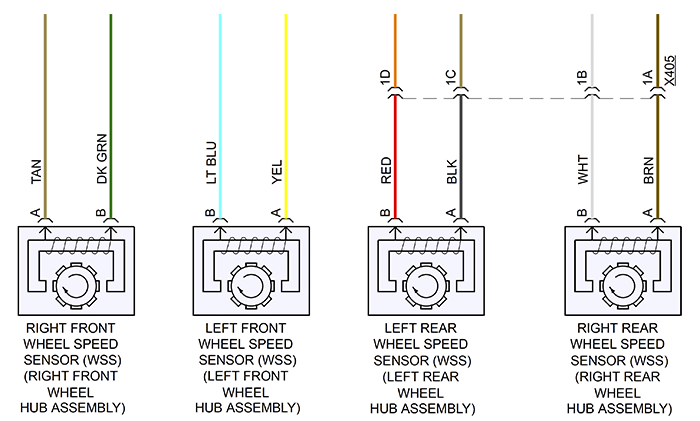
Serial Data Buses: Diagnosing Networks
Serial data buses may seem like a daunting concept, but understanding them is now a required skill for techs.
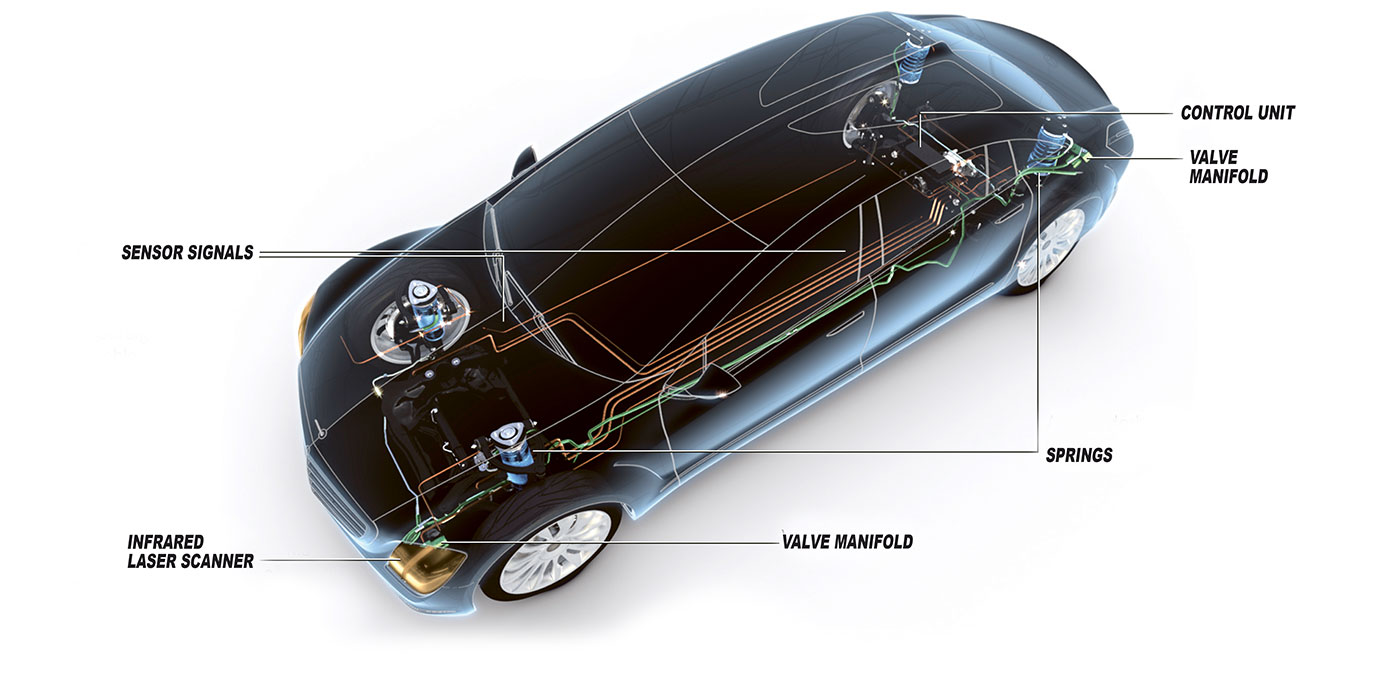
How Belts, Tensioners and Misfires Are Connected
The design of the accessory belt drive is a balancing act of efficiency, force and vibration.
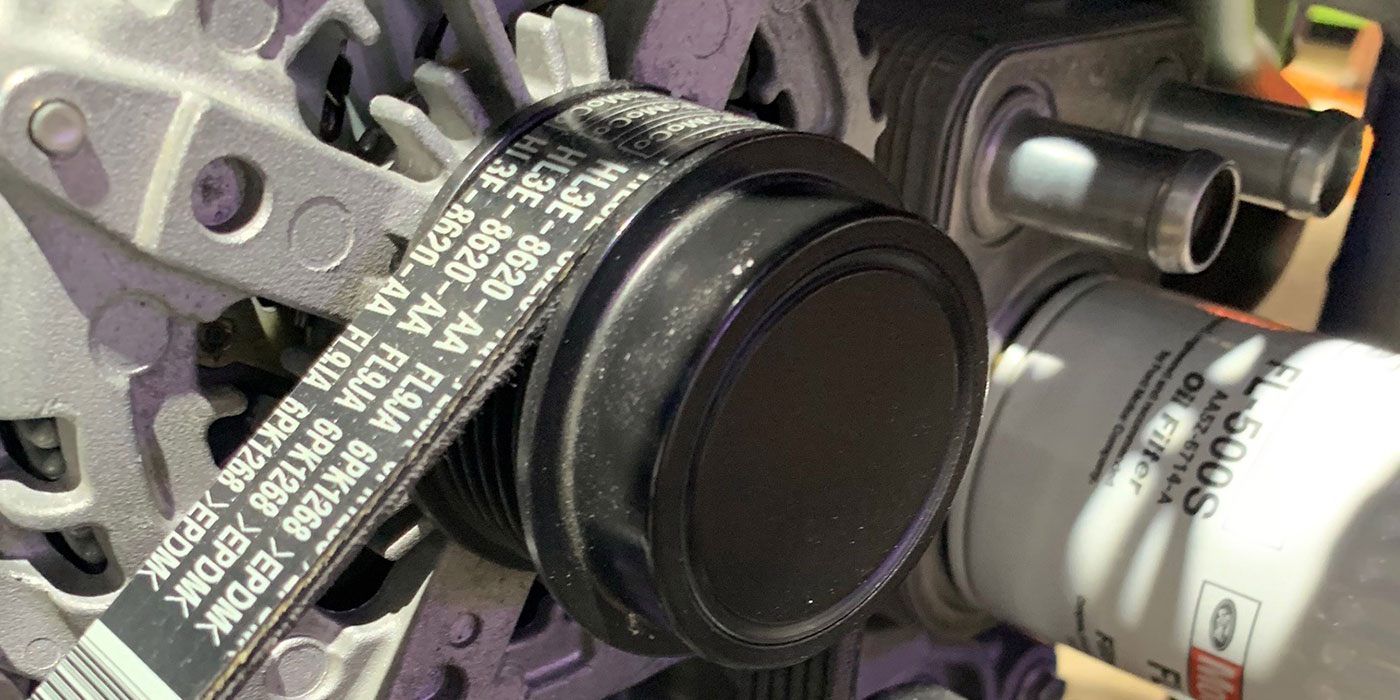
Power Steering Hoses: There’s a Reason They Failed
Hoses typically leak around the crimped connections between hard and soft lines.
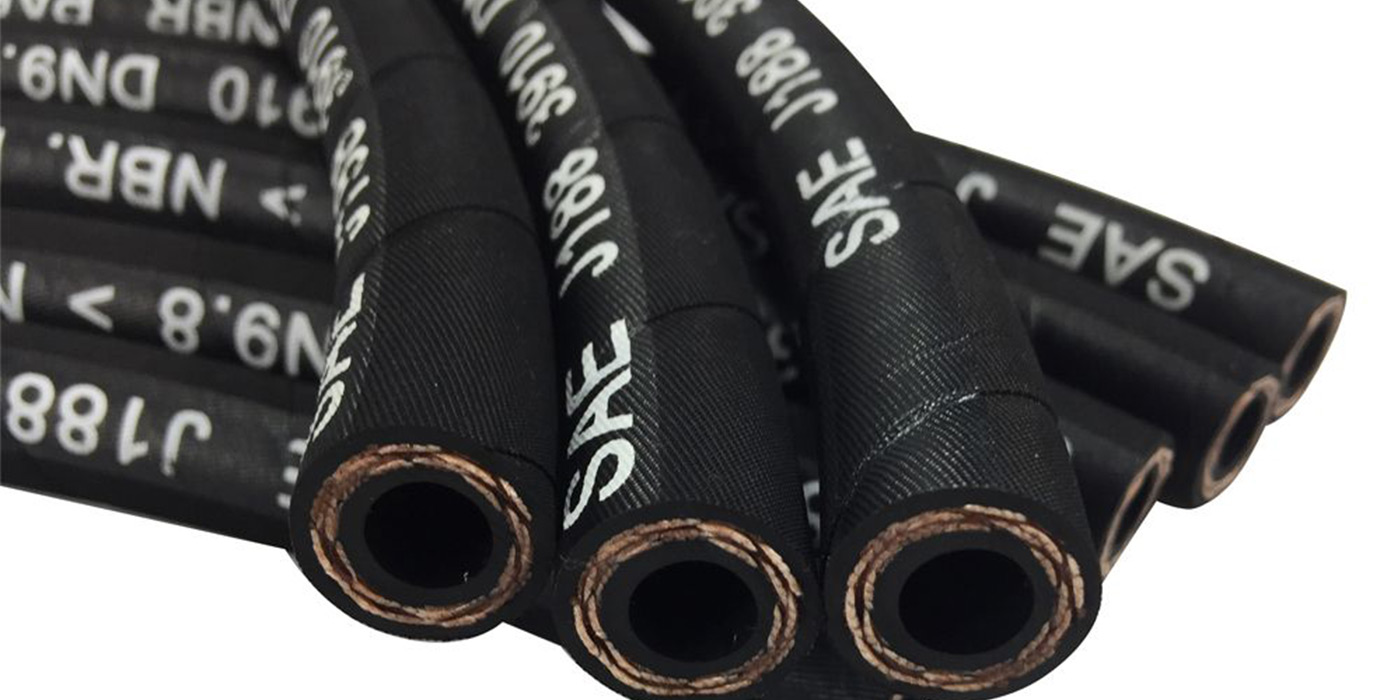
10 Tips for Serpentine Belt System Inspection and Service
Just 10% belt slippage can affect the overall driveability of a vehicle. Check out these inspection tips.

How Import Brake Formulations Changed Service
The bottom line is that for the brakes to function, the rotors and pads have to wear. Even a brake rotor’s metallurgy can determine how a pad wears.
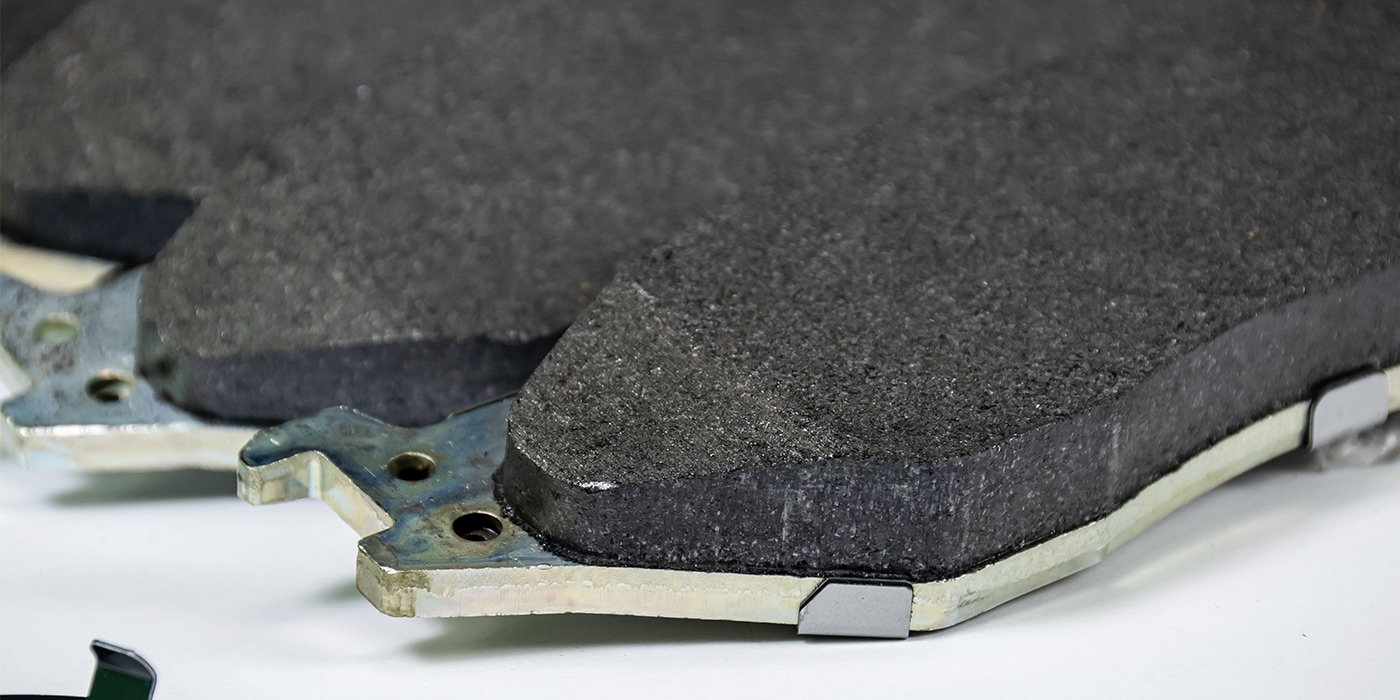
Engine Service: Crankshaft Position Sensors
Learn why the position of the crankshaft is important for the detecting of misfires.
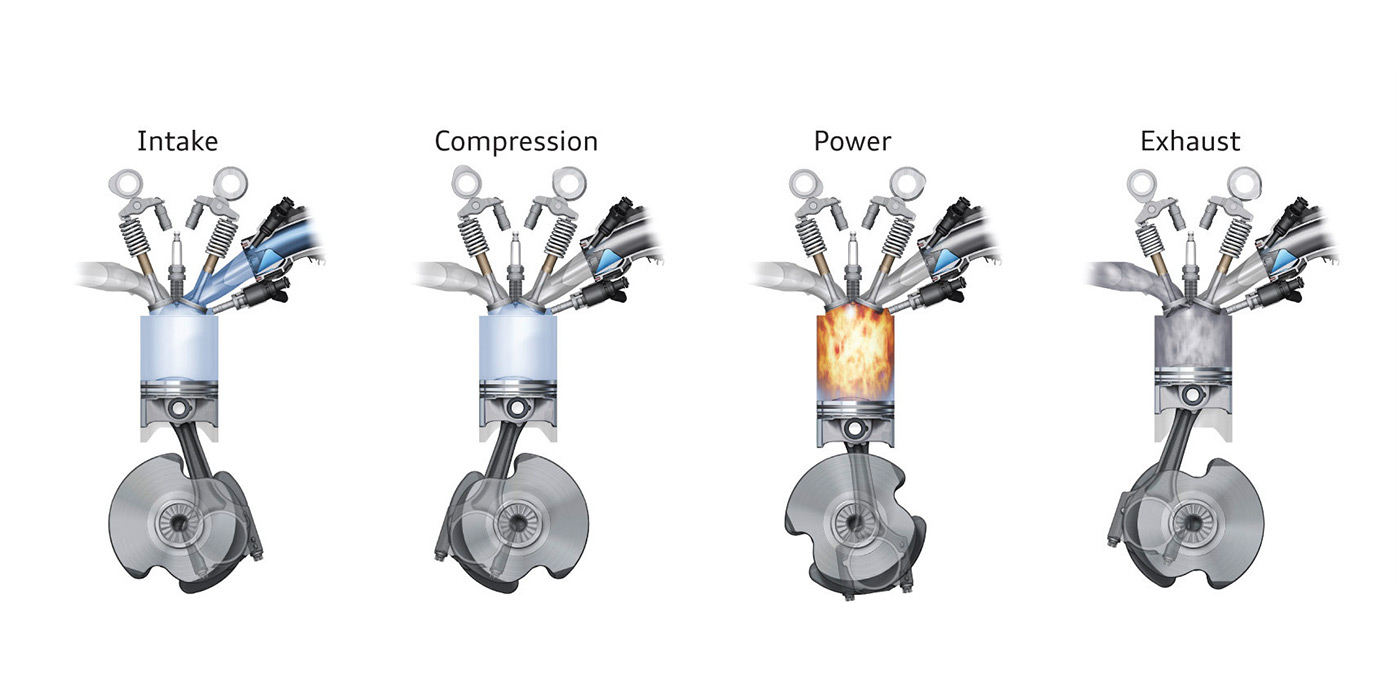
Engine Service: Oil and Carbon Deposits
How oil volatility and additives impact carbon deposits and pre-ignition.

HVAC Sensors: More Than Just Temperature
This primer will help techs understand the variety of sensors that help control a vehicle’s interior temperature.
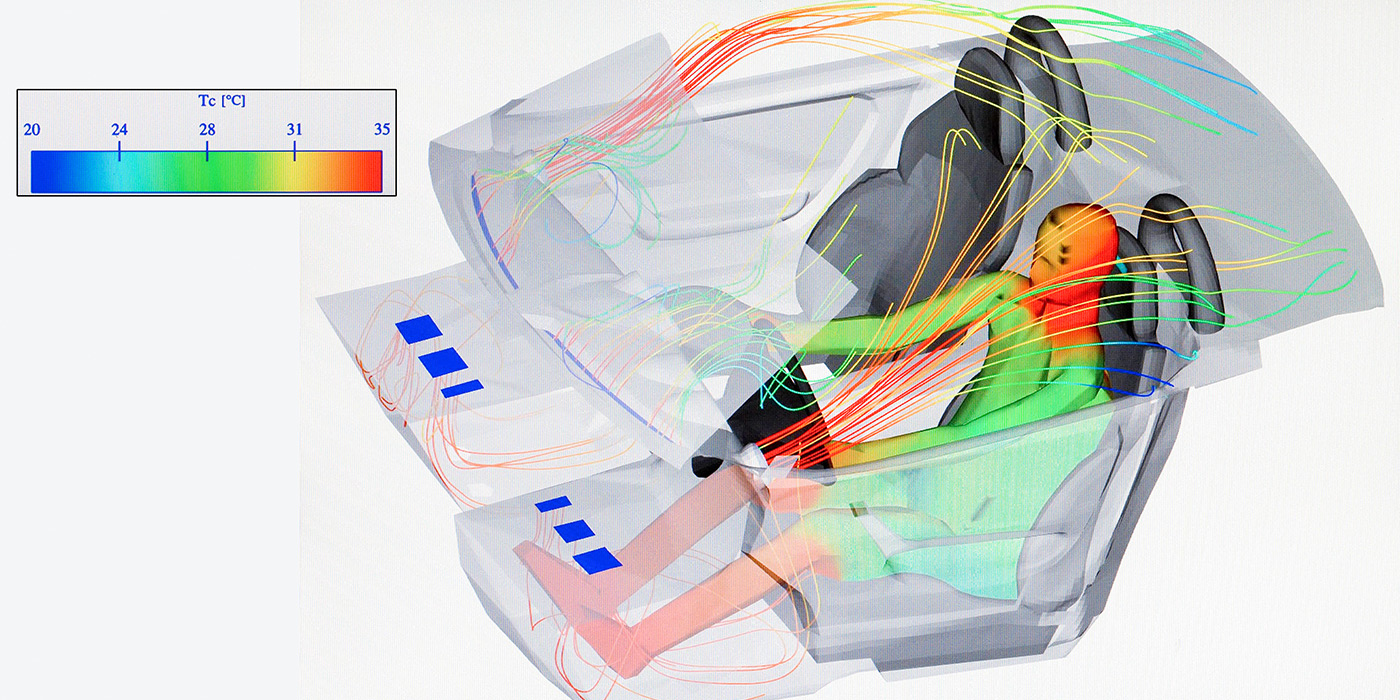
Ride Control and Electronic Stability Control
A strut might look great on the outside, but if the internal seals and fluids are degraded it can result in a loss of vehicle stability and in some cases fade.

Understanding Performance Brake Components
Consumers’ passion for an upgraded appearance of the brake system can be a way to actually elevate the importance of brake system performance, while giving you a new sales opportunity and a way to differentiate your brake service offerings from other shops.
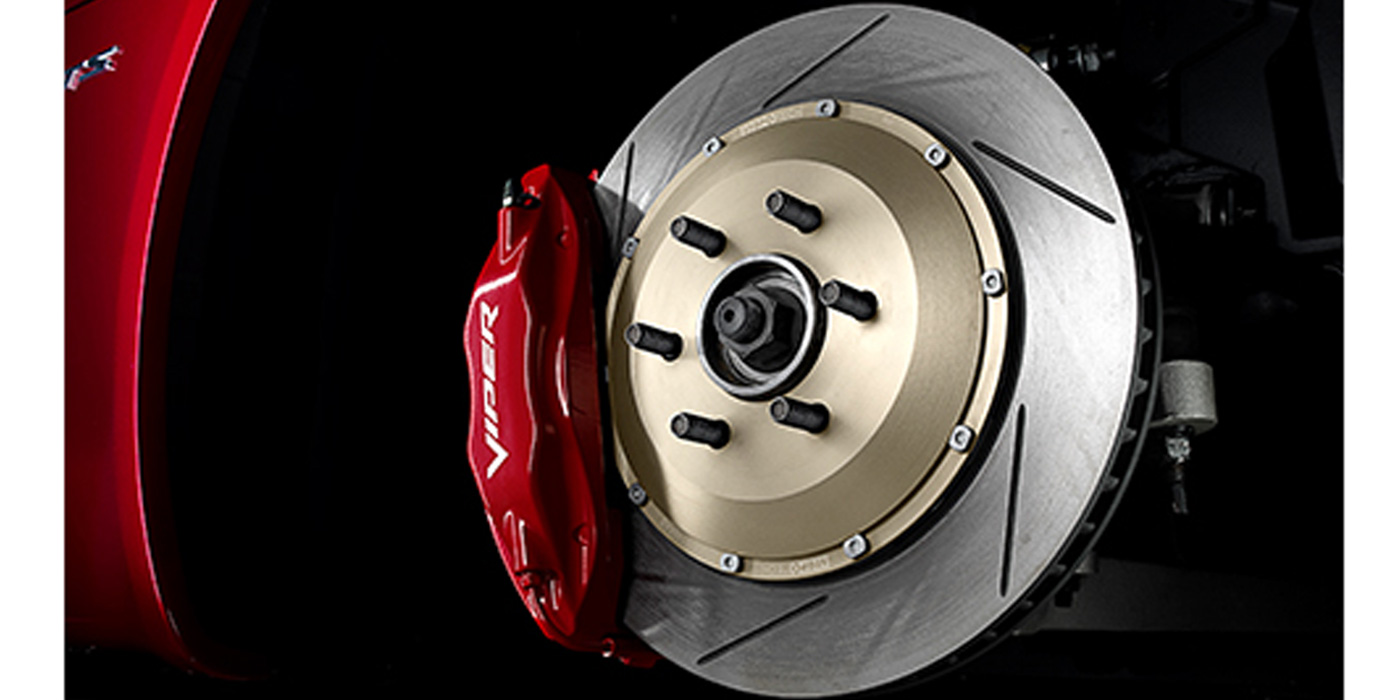
Air Ride Leak Detection
To the untrained technician, a winter air ride problem might lead you down the path that there is a leak in the system. However, chances are there are no detectable leaks. So, what do you do next?
